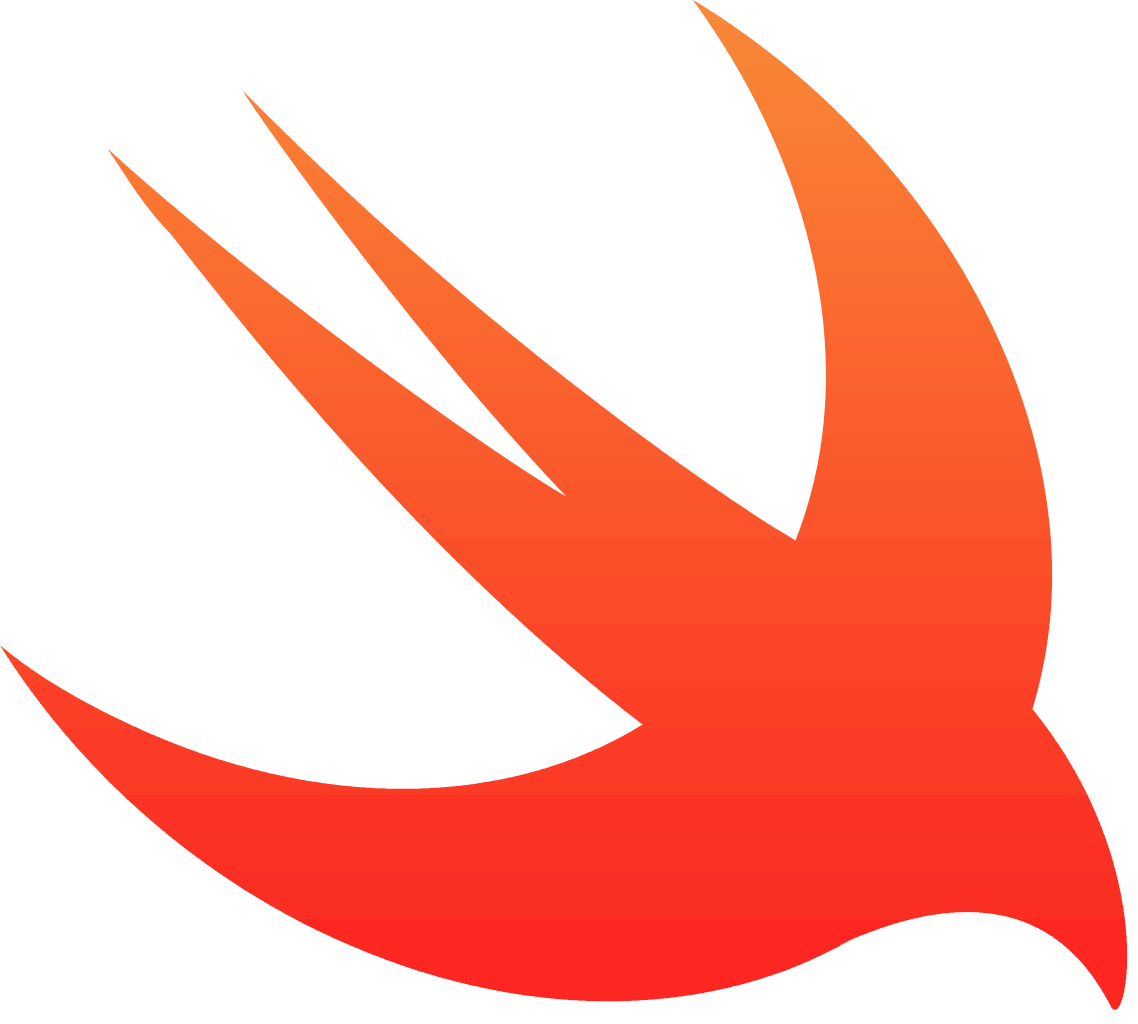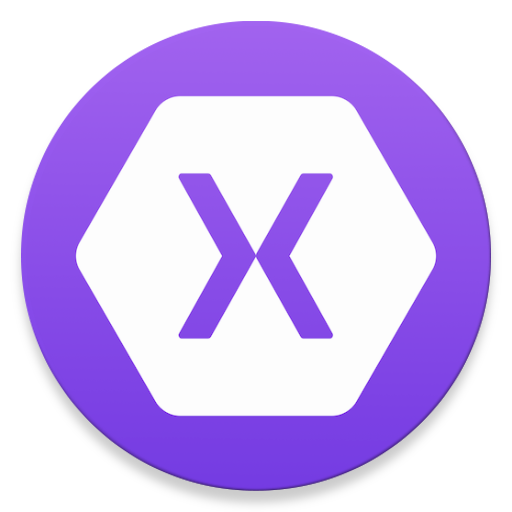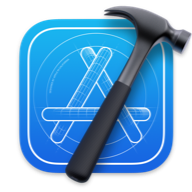
Flutter
Flutter is an open-source, multi-platform mobile SDK from Google which can be used to build iOS and Android apps from the same source code. Flutter uses the Dart programming language for developing both iOS and Android apps. Flutter is similar to React Native but with full support of native features.
Learn more about Flutter





